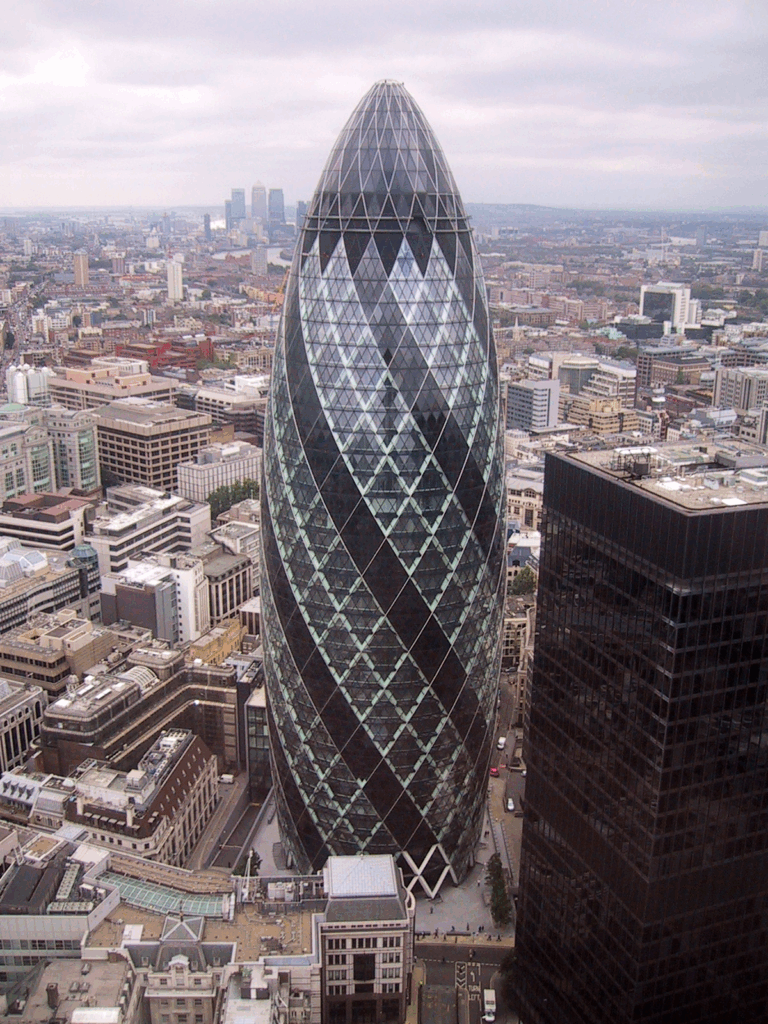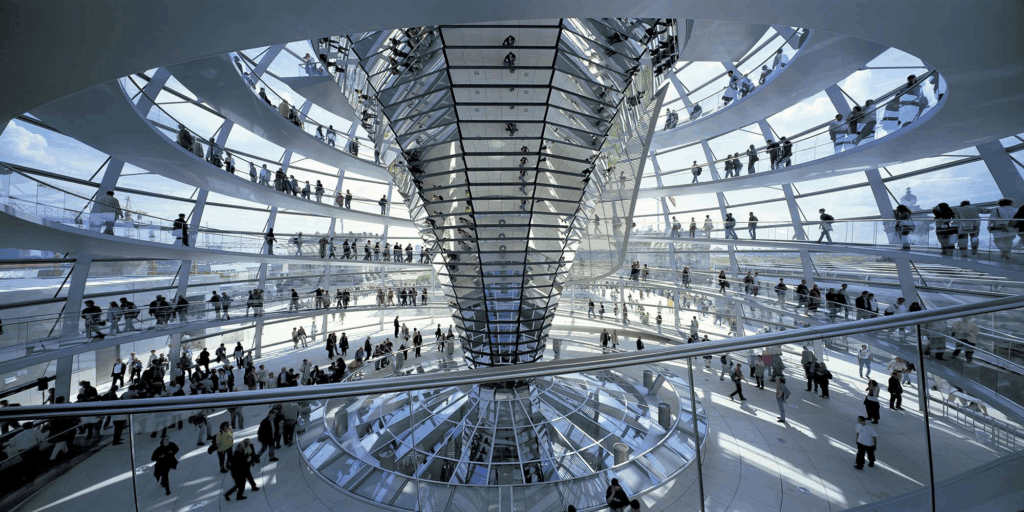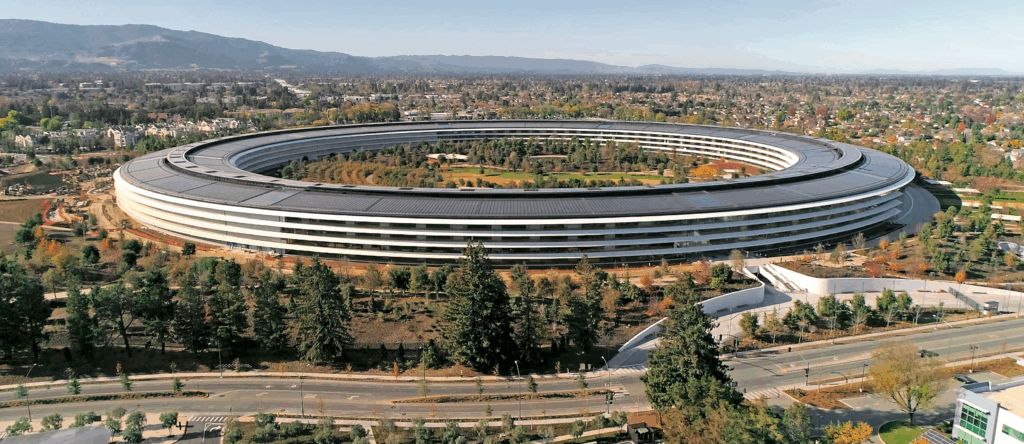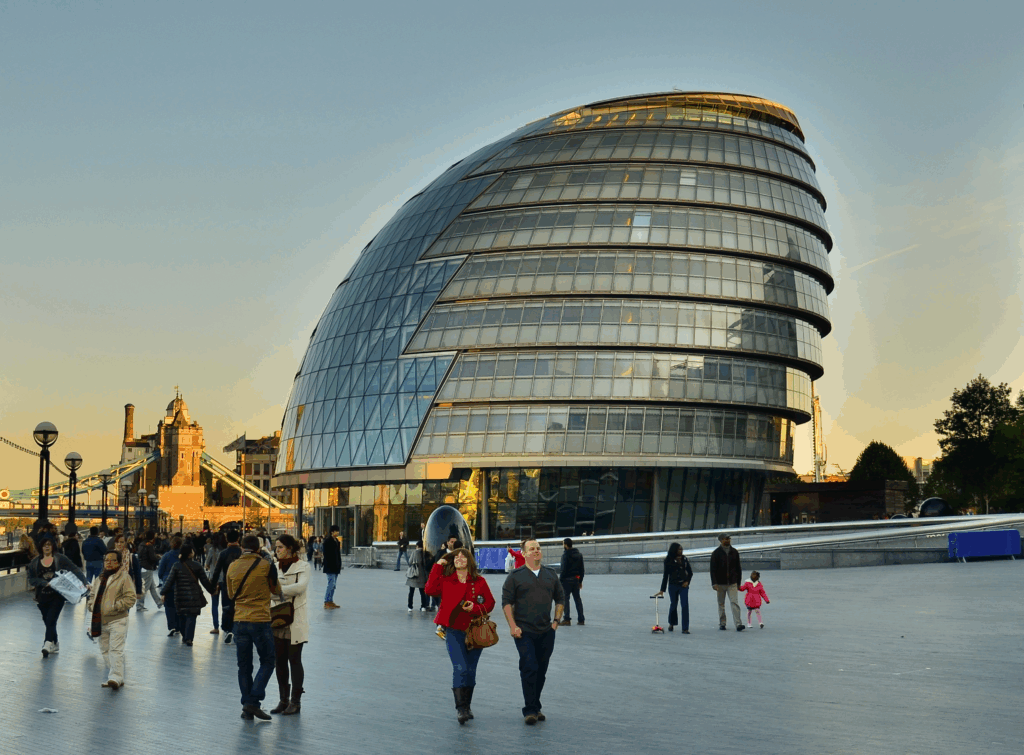Norman Foster is one of the most influential architects of our time — a designer whose buildings seem to float between earth and sky. Known for his elegant use of glass, steel, and light, he helped define high-tech architecture, a movement that celebrates structure, transparency, and technology.
From The Gherkin in London to the Millau Viaduct in France, Foster’s creations are monuments to precision, sustainability, and the belief that architecture should make the world a better place to live.
Early Life and Education
Norman Foster was born in Manchester, England, in 1935, in a modest working-class family. His father worked in a factory and his mother in a bakery. Despite limited means, young Norman was fascinated by planes, machines, and buildings — symbols of innovation and freedom.
After working briefly as a clerk, he joined the Royal Air Force, where he developed a fascination with aerodynamics and engineering. That interest in flight — in structure, efficiency, and lightness — would later shape his entire architectural style.
He studied at the University of Manchester School of Architecture, then earned a scholarship to Yale University, where he completed his Master’s degree and met lifelong collaborators, including Richard Rogers. Their exposure to modernism in the U.S. profoundly influenced their approach to design — rational, open, and industrial.
The Birth of High-Tech Architecture
In 1967, Foster co-founded Foster + Partners, an architectural studio that would become one of the most innovative and prolific in the world.
His early projects reflected a fascination with transparency and structure. Using materials like steel, glass, and aluminum, he created buildings that revealed their inner workings rather than hiding them — a concept inspired by engineering and aerospace design.
This movement became known as high-tech architecture, blending the precision of machines with the beauty of minimalism. Foster believed that modern architecture should express how things are built, not just what they look like.
“As an architect, you design for the present, with an awareness of the past, for a future which is essentially unknown.” — Norman Foster
The Gherkin: A Symbol of Modern London
One of Foster’s most recognizable works is 30 St Mary Axe, better known as The Gherkin, completed in 2004.

Its smooth, spiraling glass form reshaped London’s skyline and became an instant landmark. The building’s aerodynamic shape reduces wind load, while its innovative ventilation system cuts energy use by nearly 50%.
The Gherkin is not just beautiful — it’s a model of sustainable design, proving that elegance and efficiency can coexist.
(Image idea: The Gherkin at sunset — “A 21st-century icon of light and sustainability.”)
The Millau Viaduct: Engineering as Art
Few projects capture Foster’s vision as dramatically as the Millau Viaduct in southern France, completed in 2004. Spanning the Tarn Valley at a height of 343 meters (higher than the Eiffel Tower), it is the tallest bridge in the world.
With its slender, cable-stayed structure, the bridge almost disappears into the clouds — a masterpiece of engineering and grace. Foster described it as “a dialogue between nature and technology.”
The project earned international acclaim and symbolized the harmony between design, environment, and innovation.
(Image idea: Millau Viaduct – “A bridge between earth, sky, and imagination.”)
The Reichstag Renewal: Blending History and Modernity

In the 1990s, Foster was chosen to redesign the Reichstag in Berlin, the historic parliament building destroyed during World War II.
His intervention was masterful: he preserved the neoclassical façade while adding a striking glass dome, open to the public, symbolizing transparency in government. The dome’s mirrored cone reflects daylight into the chamber below, reducing energy consumption and creating a space of light and democracy.
This project demonstrated Foster’s ability to merge old and new, technology and symbolism, in perfect balance.
Sustainability and Innovation
For Norman Foster, technology is not just a tool — it’s a philosophy. His firm, Foster + Partners, has become a global leader in sustainable and ecological architecture.
He was among the first architects to advocate for green roofs, passive ventilation, solar integration, and carbon-neutral buildings long before sustainability became mainstream.
Projects like Apple Park in California, Beijing Airport Terminal 3, and Masdar City in the United Arab Emirates reflect his commitment to creating architecture that conserves energy and respects the planet.

In every project, Foster searches for a balance between technology and humanity — buildings that serve people as much as they inspire them.
Awards and Recognition
Throughout his career, Norman Foster has received nearly every major award in architecture, including:
- The Pritzker Architecture Prize (1999)
- The Stirling Prize (twice)
- The Royal Gold Medal (1983)
- A knighthood (1990) and later elevation to Lord Foster of Thames Bank (1999)
His works have transformed cities across Europe, Asia, and the Middle East, and his firm continues to design everything from skyscrapers to entire eco-cities.
Why Norman Foster Still Matters
Norman Foster’s legacy is built not only on form but on purpose. His architecture celebrates clarity, sustainability, and optimism about the future.

He shows that technology can be human, that glass and steel can express warmth, and that buildings can be both efficient and poetic. In an era of environmental urgency, Foster’s work stands as a blueprint for the kind of architecture the 21st century needs — innovative, sustainable, and deeply human.
“Sustainability is not a constraint — it is an inspiration.” — Norman Foster



